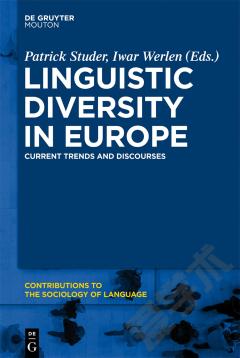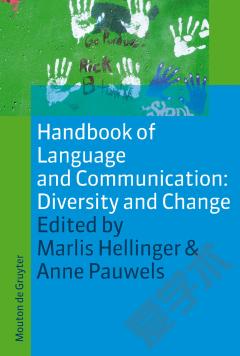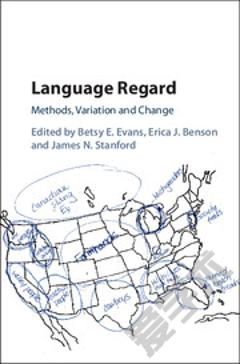Dialect Change: Convergence and Divergence in European Languages
List of maps List of figures List of contributors Preface Map 1. The study of dialect convergence and divergence: conceptual and methodological considerations F. Hinskens, P. Auer and P. Kerswill Part I. Convergence, Divergence and Linguistic Structure: 2. Internal and external factors in phonological convergence: the case of English /t/ lenition J. Kallen 3. Dialect/standard convergence, mixing and models of language contact: the case of Italy G. Berruto 4. Convergence and divergence in grammar L. Cornips and K. Corrigan 5. Phonology, grammar and discourse in dialect convergence J. Cheshire, P. Kerswill and A. Williams Part II. Macrosociolinguistic Motivations of Convergence and Divergence: 6. Processes of standardisation in Scandinavia I. L. Pedersen 7. The birth of new dialects P. Kerswill and P. Trudgill 8. Dialect convergence in the German language islands P. Rosenberg 9. Political borders and dialect divergence/convergence in Europe C. Woolhiser 10. The influence of urban centres on the spatial diffusion of dialect phenomena J. Taeldeman Part III. Microsociolinguistic Motivations: 11. Subjective factors in dialect convergence and divergence T. Kristiansen and J. Jorgensen 12. How similar are people who speak alike? An interpretive way of using social networks in social dialectology research J. A. Villena-Ponsoda 13. The role of interpersonal accommodation in a theory of language change P. Auer and F. Hinskens References Index.
{{comment.content}}








 京公网安备 11010802027623号
京公网安备 11010802027623号